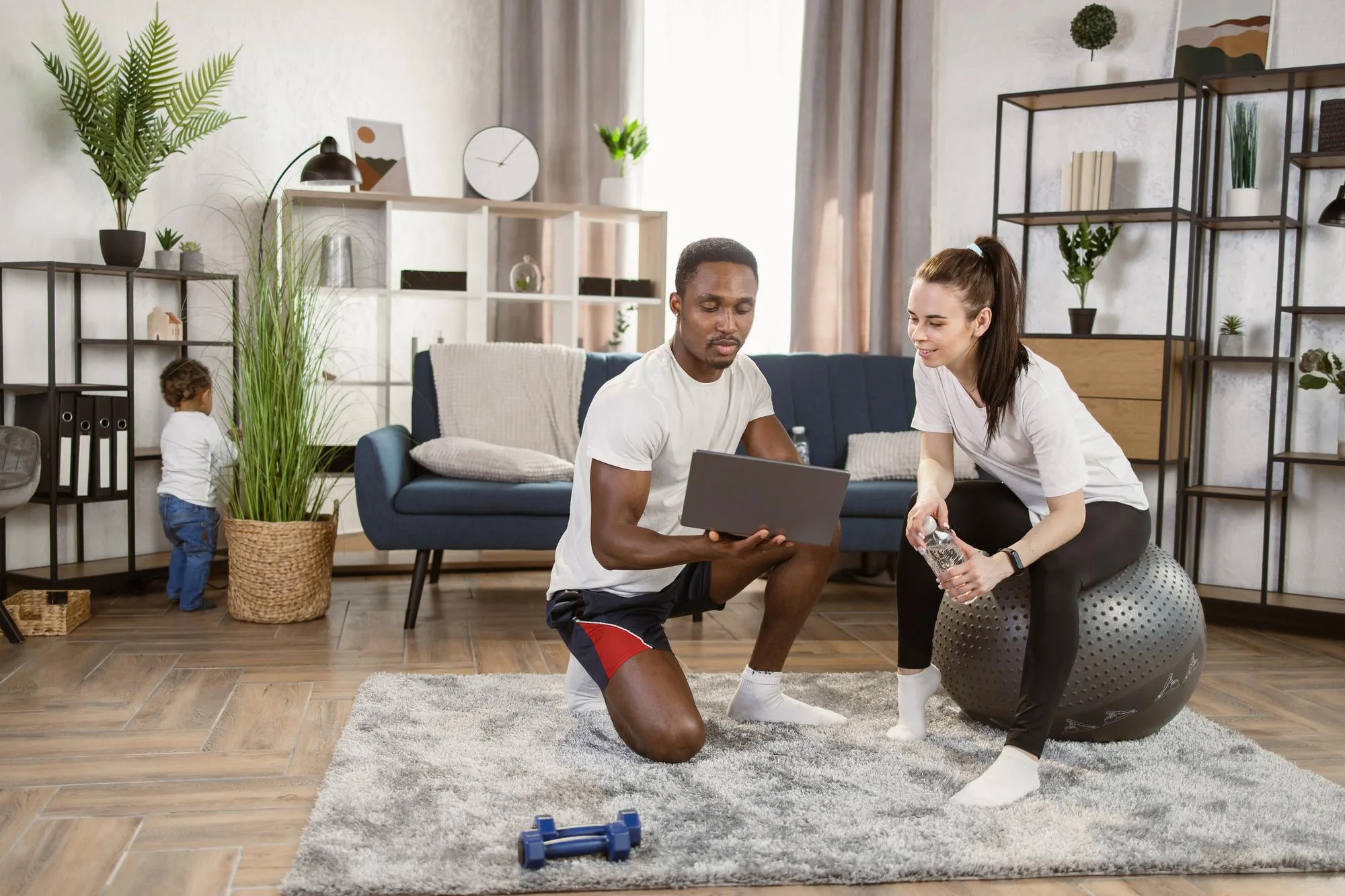
With the growing popularity of home workouts, setting up a home gym has become an attractive option for fitness enthusiasts looking for convenience, flexibility, and privacy. Whether you’re considering time, budget, or accessibility to commercial gyms, creating a home gym allows you to tailor your workout space to your preferences and needs. In this article, we’ll explore the basic steps and considerations for setting up a home gym that suits your fitness goals and lifestyle.
Assess Your Space
Before diving into purchasing equipment, assess the available space in your home to determine where your gym will be located. Consider factors such as room size, ceiling height, ventilation, and access to natural light. Choose a space that is well-ventilated, free from clutter, and conducive to exercise.
Define Your Fitness Goals
Identify your fitness goals and priorities to guide your equipment selection and setup. Whether you’re focusing on strength training, cardiovascular fitness, flexibility, or a combination of these, your goals can influence the type of equipment you choose and the layout of your home gym.
Select Equipment Wisely
When choosing equipment for your home gym, prioritize versatile and space-saving options that align with your fitness goals. Some essential pieces of equipment to consider include:
- Strength Training Equipment: Options include dumbbells, kettlebells, resistance bands, barbells, weight plates, and adjustable benches. Choose equipment that allows for a variety of exercises targeting different muscle groups.
- Cardiovascular Equipment: Consider investing in a treadmill, stationary bike, elliptical trainer, rowing machine, or stair climber to improve cardiovascular fitness and burn calories. Choose equipment that provides low-impact options if you have joint issues or limited space.
- Functional Training Tools: Incorporate functional training tools such as stability balls, medicine balls, suspension trainers, and balance boards to improve core strength, stability, and coordination.
- Flexibility and Recovery Tools: Include foam rollers, yoga mats, resistance bands, and stretching aids to support flexibility, mobility, and post-workout recovery.
Create a Functional Layout
Design your home gym layout to maximize space efficiency and flow. Arrange equipment in a way that allows for easy access and movement between exercises. Consider factors such as safety, accessibility, and the need for clear space for functional movements and stretching.
Ensure Proper Flooring
Choose appropriate flooring for your home gym to provide cushioning, support, and protection for both your equipment and your body. Options include rubber mats, interlocking foam tiles, and specialized gym flooring designed to withstand heavy weights and high-impact exercises.
Establish Proper Lighting and Ventilation
Ensure adequate lighting and ventilation in your home gym to create a comfortable and motivating workout environment. Natural light can boost mood and energy levels, while proper ventilation helps regulate temperature and air quality during exercise.
Personalize Your Space
Make your home gym a space that inspires and motivates you to exercise regularly. Personalize your gym with motivational quotes, posters, or artwork, and consider adding amenities such as a sound system, TV, or mirror to enhance the workout experience.
Organize and Maintain Equipment
Keep your home gym organized and clutter-free by establishing storage solutions for equipment and accessories. Utilize shelving, racks, bins, and hooks to store items neatly and ensure easy access. Regularly clean and maintain equipment to prolong its lifespan and ensure optimal performance.
Put Safety First
Prioritize safety in your home gym by following proper equipment usage guidelines, using spotter bars or safety catches during heavy lifting, and practicing proper form and technique to prevent injuries. Install mirrors to monitor form during exercises and consider investing in a first aid kit.
Start Small and Build Over Time
You don’t need to purchase all your gym equipment at once. Start with a few key pieces of equipment that align with your immediate fitness goals and budget, and gradually expand your home gym over time as your needs evolve and your budget allows.
Setting up a home gym offers numerous benefits, including convenience, flexibility, and customization to suit your fitness preferences and lifestyle. By following these steps and considerations, you can create a functional and motivating workout space that supports your fitness goals and helps you achieve optimal health and well-being from the comfort of home.

